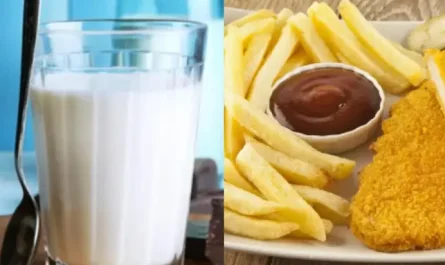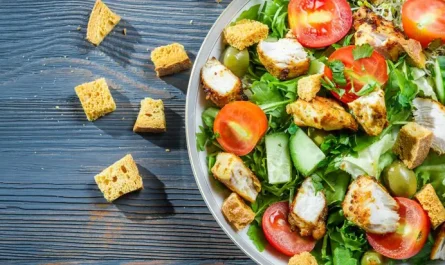Dryers for vegetables and fruits: how to choose a good and convenient one
Why is an oven, for example, not suitable? There are several reasons for choosing a dryer. First of all, not every oven has low-temperature settings. For drying, depending on the type of product, temperatures from 30 to 70 degrees are used. To dry in the oven, you will still have to buy special trays.
It must be remembered that there is no ventilation or removal of moist air in the oven. Because of this, products often get wet from condensation when dried in it and subsequently become moldy during storage. Finally, you should not cook in the oven while something is drying in there.
Cylinder or cube
The first thing that catches your eye is that dryers come in different shapes. Cubic – especially if the pallets extend towards themselves, is considered more convenient and practical. This design allows for more efficient use of kitchen space. But there is one more point: if you buy silicone mats (and they, as a rule, fit the rectangular trays of cubic dryers), then you can use them in the dryer to prepare homemade marshmallows, which just need very little heating.
Infrared or conventional heating method
Usually, IR heating is promoted with strange claims that it is useful. At the same time, there is no scientific confirmation of this, except for talk about the “naturalness” of the method. It must be said that ordinary heating elements work according to the laws of physics, not magic. Note that dryers with infrared heating have an undeniable advantage: they are more economical, since they heat the food and do not waste energy.
Where should the fan be?
The upper position of the fan prevents juice and pieces of food from getting on it, so this device is easier to clean. There are also no foreign odors, etc. The lower location of the fan allows for all these minor troubles, especially if the trays are perforated. Sometimes the fan is located on the back wall (as in convection ovens). This design is hygienic and practical. True, it is found in semi-professional devices.
What else to pay attention to
There are several points to consider when choosing a dryer:
- The number of pallets, the height of their sides, the ability to adjust the height of the pallets and the displacement of the chamber. This determines how many vegetables, fruits, mushrooms, nuts, herbs, etc. you can dry at the same time.
- The presence of a tray without perforations (holes) or special molds for preparing homemade marshmallows and other healthy delicacies. If all the pallets are without perforation, this is good: it means that the dryer has a separate outlet for moisture-saturated air from each tier. During the drying process, odors do not mix: apples can be dried on one tier, mushrooms on another, and nothing falls down – no crumbs, no pieces of food. In addition, solid pallets are easier to clean.
- The transparent plastic of the pallets allows you to see the degree of readiness of the products. White trays not only do not allow, but also, as a rule, become stained with food juice over time.
- You can also check whether odors will mix by checking the presence of air exhaust holes on each tier. If there are none, and ventilation is only in the lid, mixing cannot be avoided.
- The ability to individually and smoothly adjust the drying time and temperature is not available in every model: sometimes there are simply “levels”.
- Availability of protection and automatic shutdown of the device in case of overheating: if it is not there, the device is a fire hazard.
The controls in dryers are, as a rule, very simple – mechanical temperature controllers (its range is also worth paying attention to) and time (timer). But some models have electronic control and a display that displays the temperature and time until the end of work. This is convenient, allows you to flexibly configure operating parameters, but makes the device more expensive.



